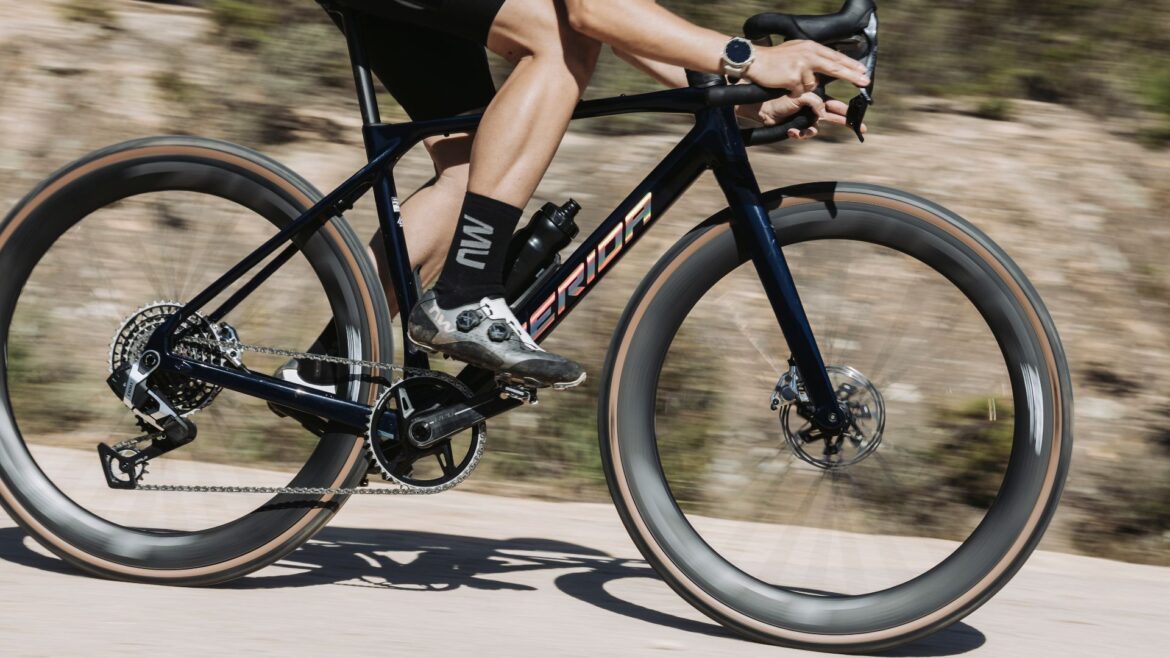The prototype we spotted at Gravel Worlds was actually an entirely new gravel platform, the Merida Mission.
We first spotted what appeared to be a new Merida gravel bike at the 2025 UCI Gravel World Championships under the legs of Slovenian Matej Mohorič (where he secured a third place). Despite Merida referring to it as a prototype Silex on its website, the bike was, in fact, an entirely new platform hiding in plain sight—a sportier, more aggressive model designed to complement the Silex. It’s called the Merida Mission, and its focus stems from aerodynamics and speed.
Matej Mohorič, a bronze medal and the Merida Mission
(Image credit: Merida)
Merida describes the Mission as “bridging the gap” between the Silex and the Scultura Endurance GR, a gravel adaptation of its endurance bike, with the purpose of creating a gravel race and multi-surface bike with “improved off-road capability” while still maintaining the outright speed needed to compete.
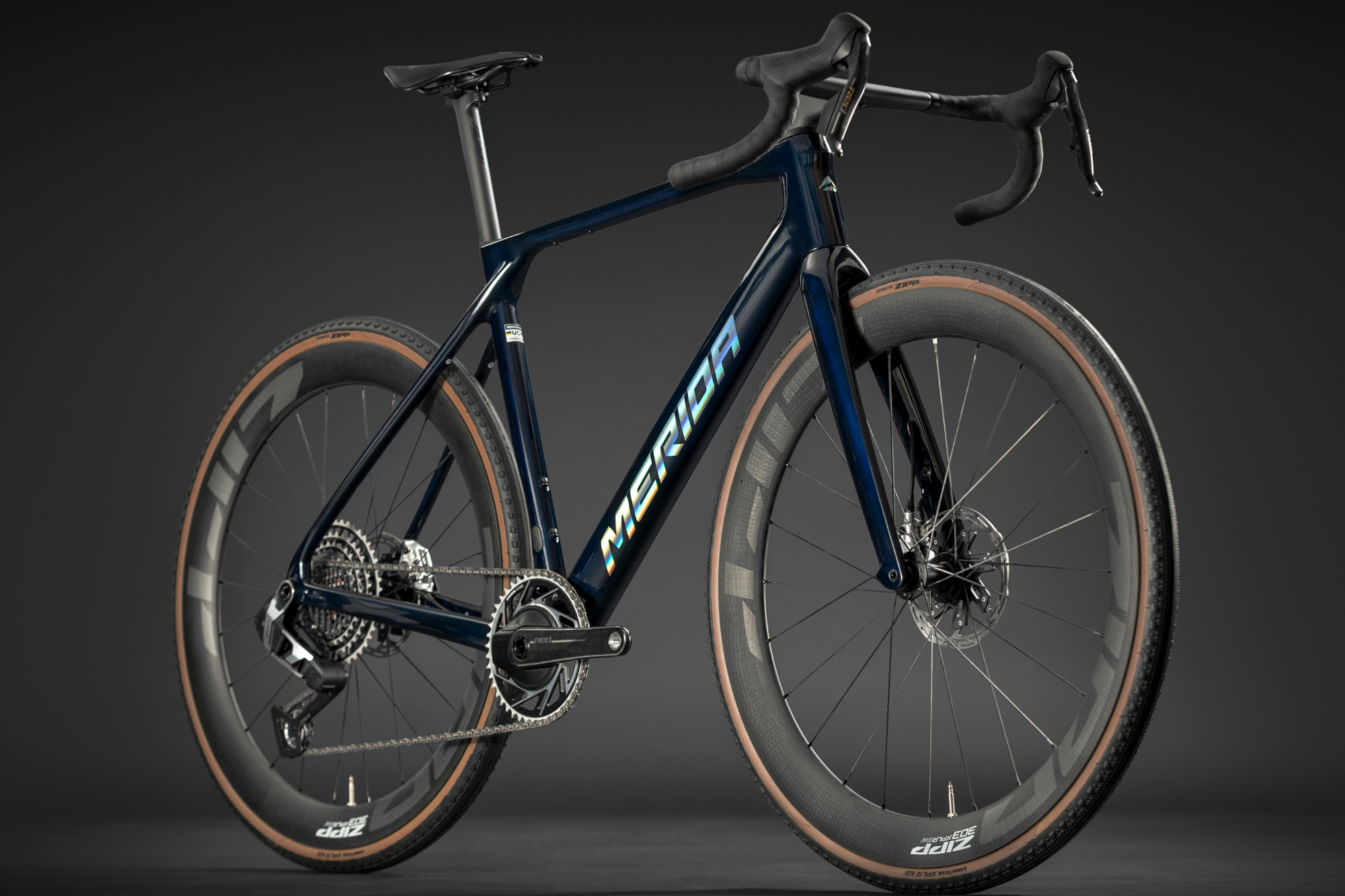
(Image credit: Merida)
So how has the brand sought to achieve its aims?
First up its positioned the Mission’s tyre clearance smack between the 35mm offered by the Scultura Endurance and the 45mm of the Silex; it describes the 40mm clearance as “the sweet spot between ample tyre clearance for high-speed off-road use and the sleek silhouette we all know from the world of road racing”.
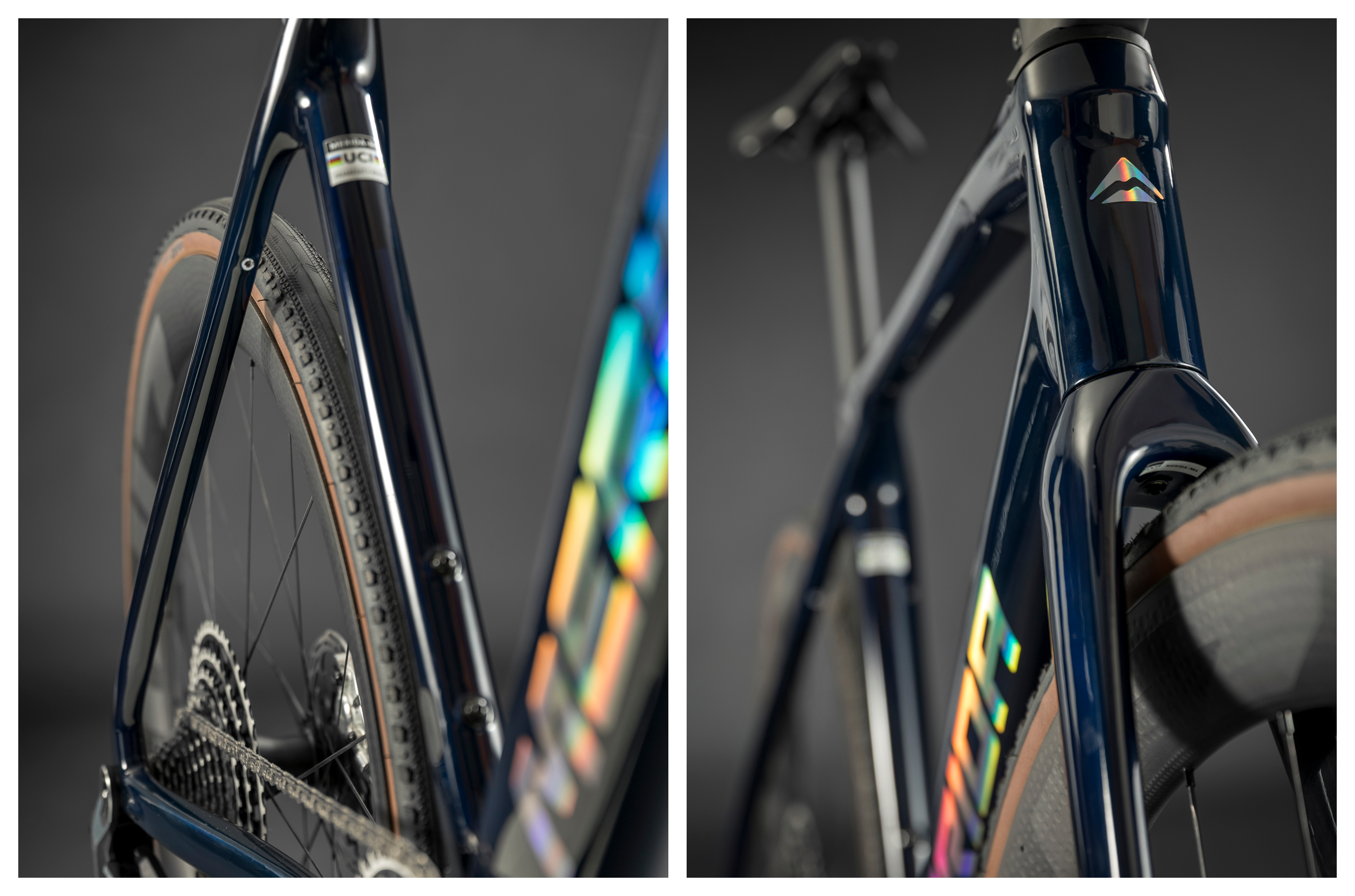
(Image credit: Merida)
Using its experience in designing the Scultura platform, Merida has applied some of its aerodynamic know-how to the tube profiles of the Mission’s frameset. Combined with the Team SL GR1P aero cockpit, Merida says the Mission has a clear advantage over the Silex when it comes to reducing drag.

(Image credit: Merida)
Given its desire to perform both on and off-road, the Mission’s geometry also sits in between the Scultura Endurance and the Silex. Aiming to maintain the handling and acceleration associated with a road bike alongside the capability to handle a variety of gravel conditions, it combines a 569mm stack height with a 391mm reach in a size M; this stack is lower than both the Scultura Endurance and the Silex, highlighting the Mission’s race-orientated focus and likely pointing some potential customers back in the direction of those two models as a result. However, a 72 degree head tube angle and low bottom bracket height are used to add some control and stability over rough surfaces.

(Image credit: Merida)
Created for the likes of Mohorič to race at the highest level, but also designed to be a capable mixed-surface bike for those not pinning on a number has led to some interesting details and choices.
For one, Merida has opted to offer the Mission with a carbon frame only. Given its performance bent this is perhaps unsurprising, with the CF4 level carbon there to deliver the weight and stiffness balance associated with race bikes, be it gravel or road. Merida’s argument is bolstered by the fact that it offers the Mission in a number of build options and there’s the Silex for those looking for an aluminum option better suited to bikepacking.
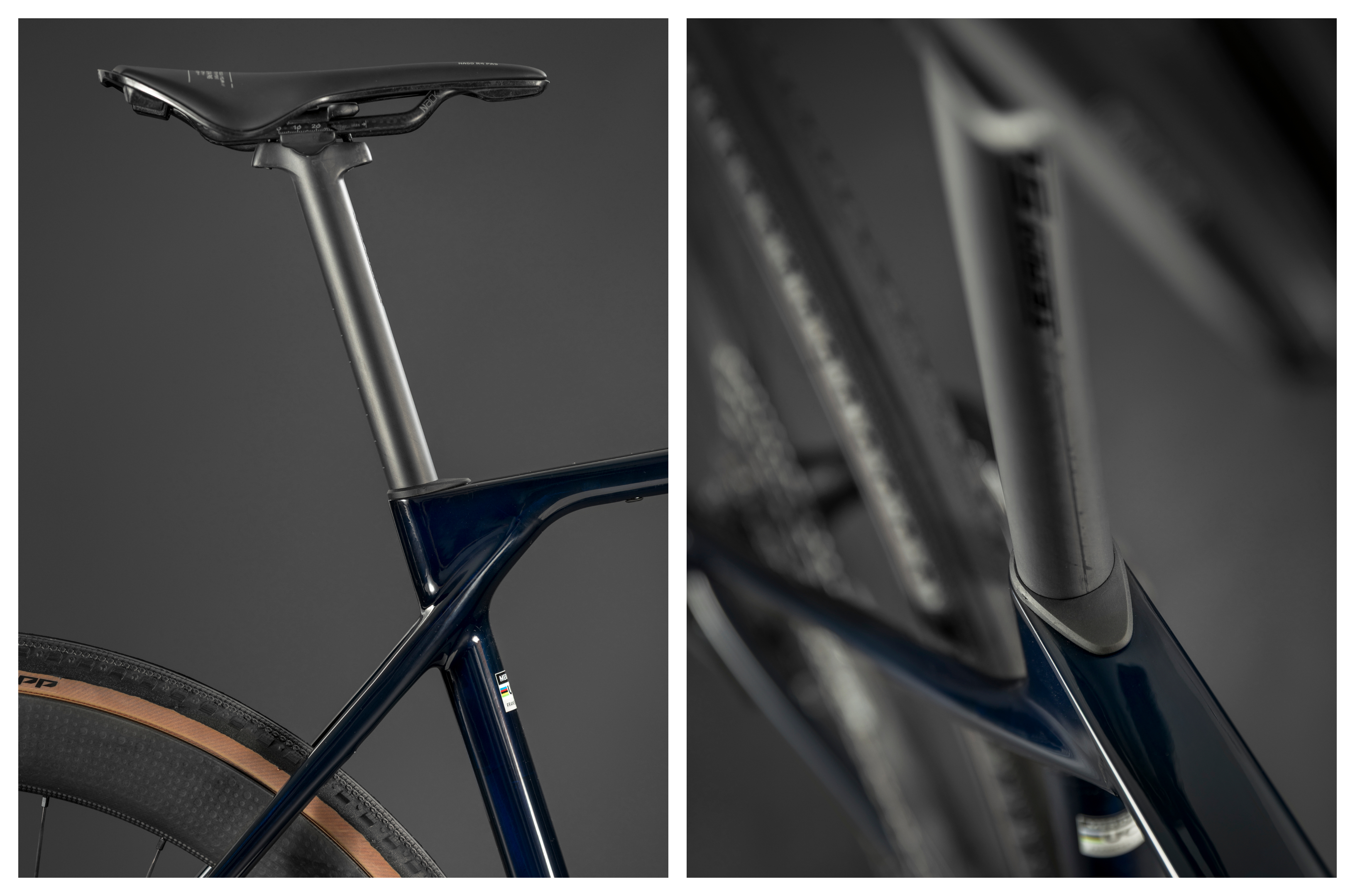
(Image credit: Merida)
Storage compartments are becoming de rigueur on gravel bikes aimed at fast-paced riding and racing. And the Mission follows suit. The G.U.T system (it stands for Gear, Useful Things) is located in the downtube and features a Fidlock hatch for security and enough space, it’s claimed, for ride essentials such as tubes and tools. There’s even a custom-made bag to store the gear and prevent it from rattling around.

(Image credit: Merida)
Merida says it designed the Mission with Sram’s 13-speed XPLR groupsets in mind, and these feature on three of the build options available. However, demonstrating the Mission’s multi-faceted abilities it’s also equipped with two models with a Shimano 2x groupset.
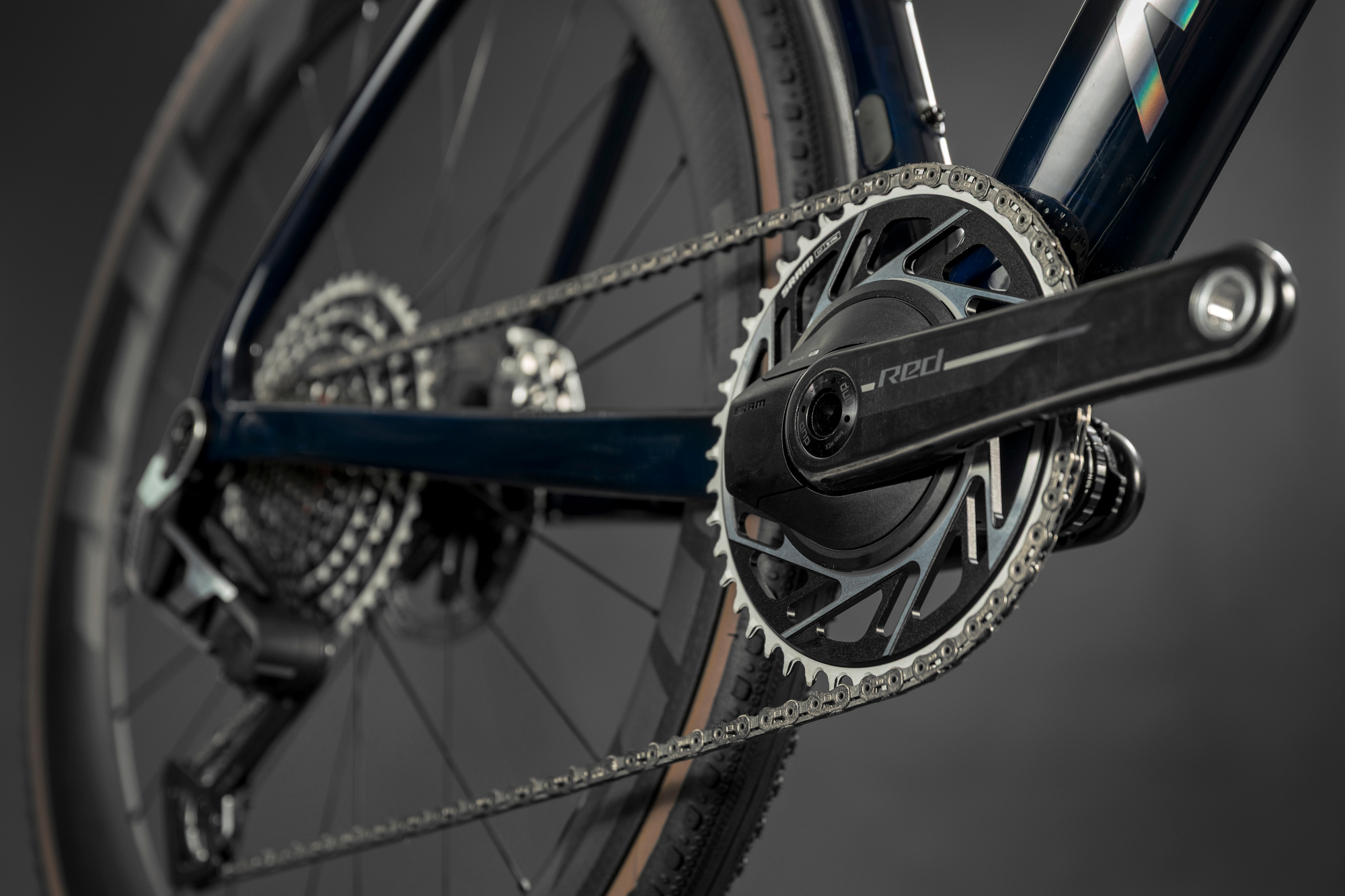
(Image credit: Merida)
The aforementioned Team SL GR1P carbon cockpit is another component that the Mission has been designed for; again it’s offered on three of the race-ready builds and blends an aero focus, cable integration and some flare at the drops for better control.
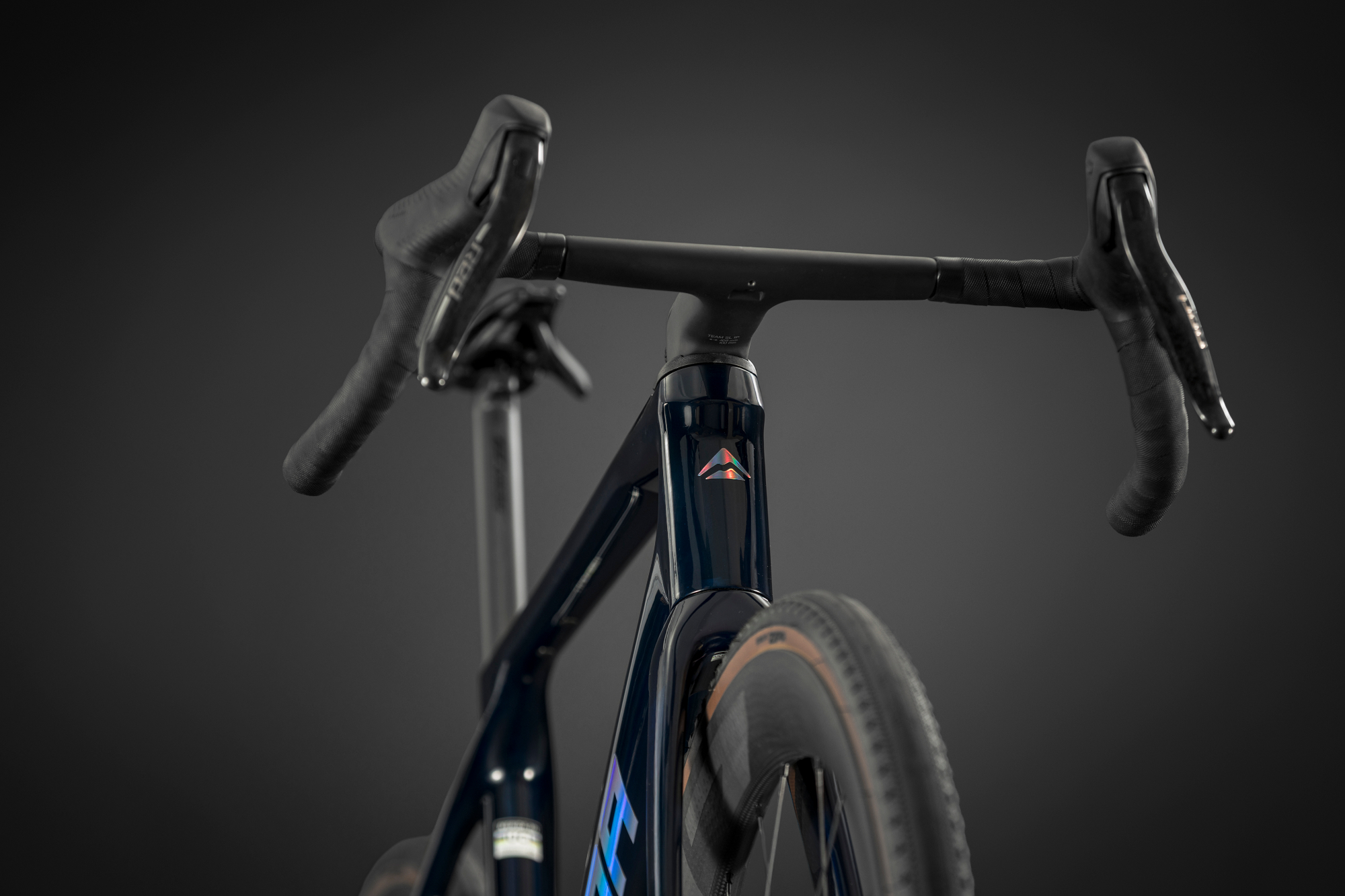
(Image credit: Merida)
A couple of other noteworthy details include UHD compatibility and the use of Disc Coolers, borrowed from Merida’s MTB range to help the heat from braking to dissipate quickly and efficiently; there’s also the option to fit 180mm disc rotors should you so wish
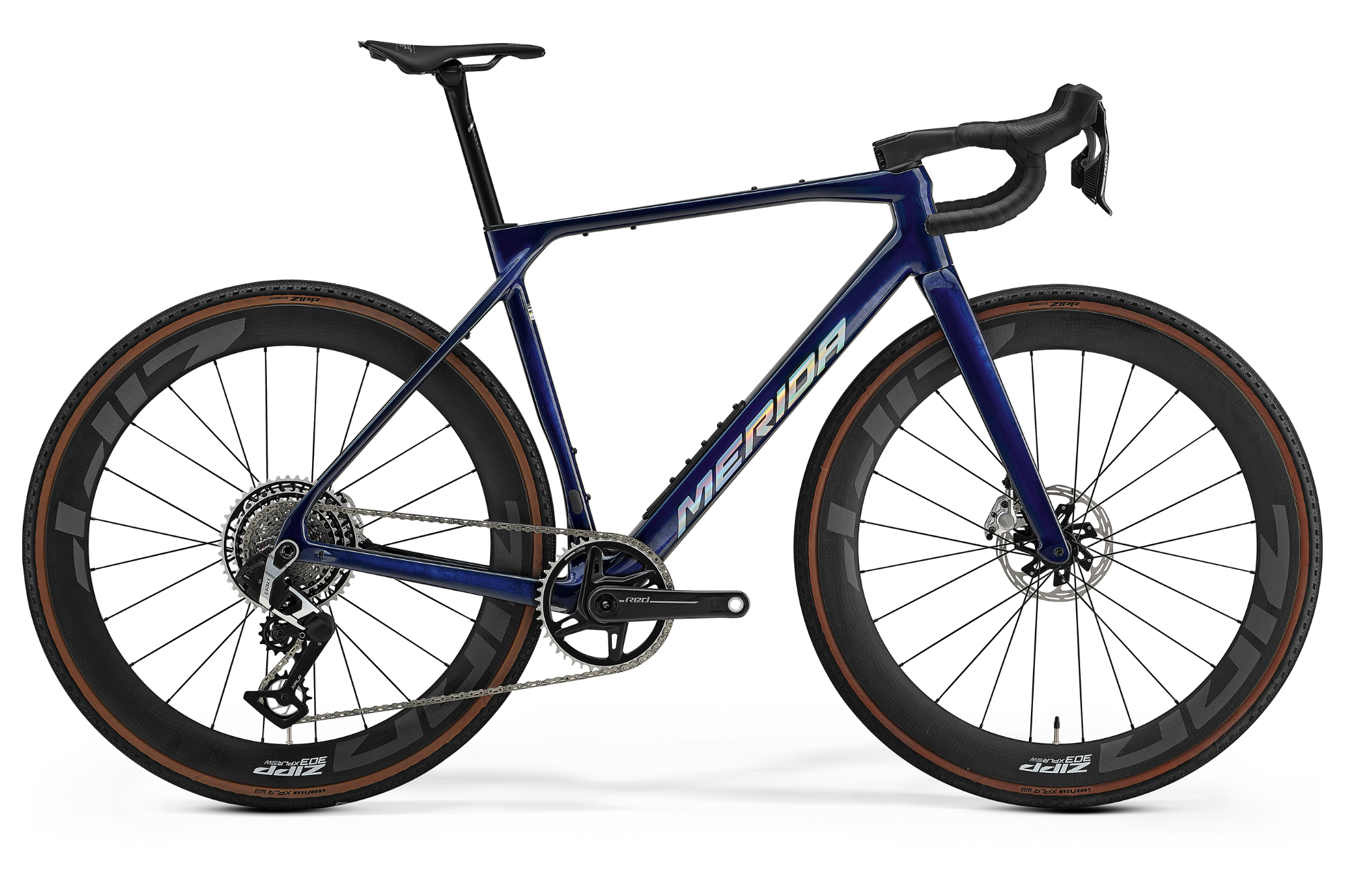
(Image credit: Merida)
The Mission hierarchy comprises five bikes, including the flagship 10K model. It’s equipped with a 13-speed Sram Red XPLR groupset with powermeter, Zipp 303 XPLR wheels and the carbon Team SL GR1P cockpit and a claimed weight of just 7.6kg. The 9000 and 6000 models also use Sram 1x 13-speed groupsets – Force and Rival respectively – with the 9000 also fitted with the Zipp 303 wheels, while the cheaper 6000 gets a pair of DT Swiss 1800s.
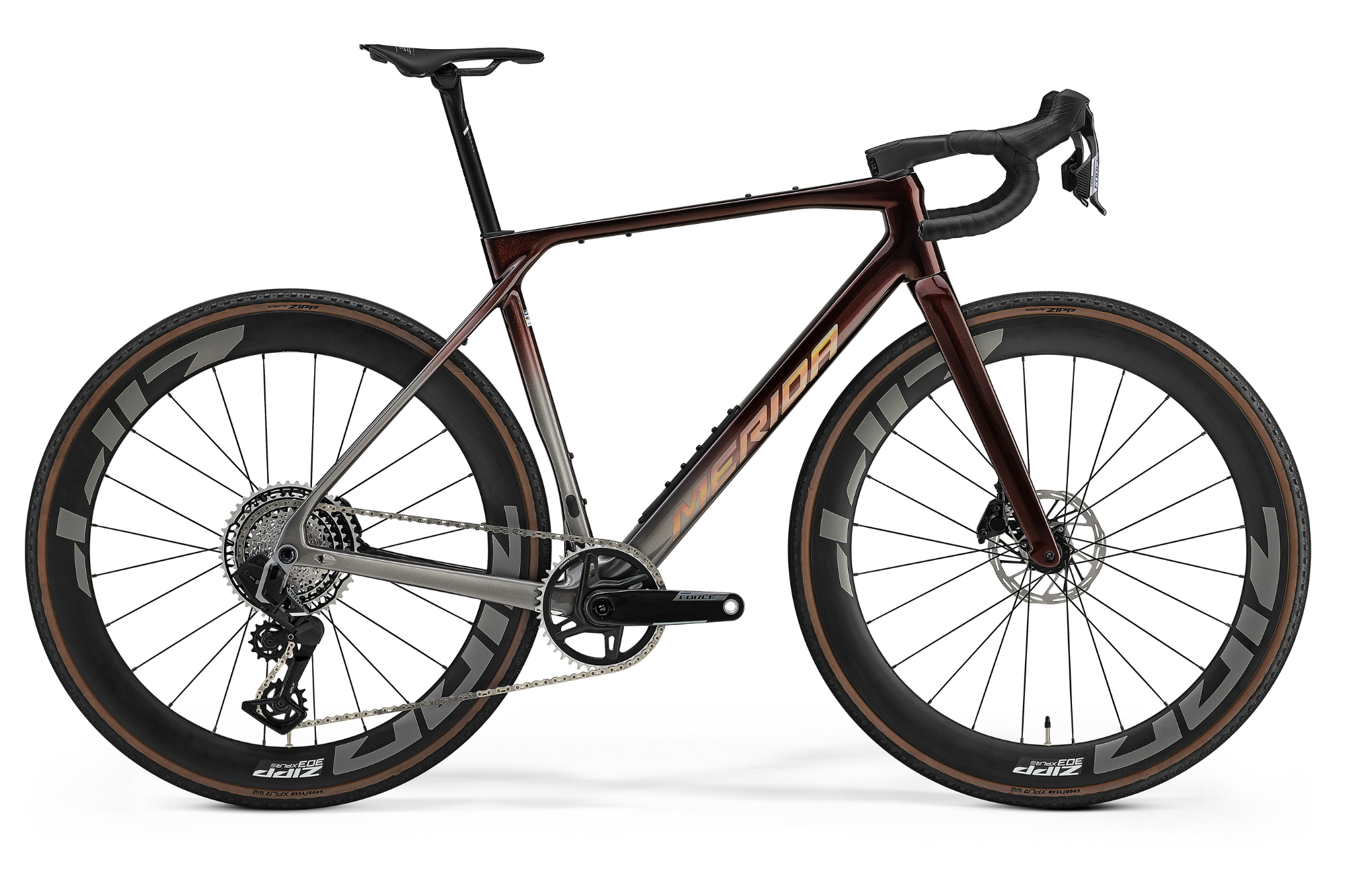
(Image credit: Merida)
The two Shimano-equipped models are the 7000 and the 4000. The former has a GRX Di2 2x groupset and carbon Reynolds ATR wheels, while the latter is fitted with the GRX 400 groupset and pair of aluminum Shimano hoops.

(Image credit: Merida)
The Mission range starts at £2,250 for the 4000 and grows to £7,000 for the 10k, with some value options in between. This includes the Mission 6000 (£3,400), 7000 (£4,600), and 9000 (£5,500).
